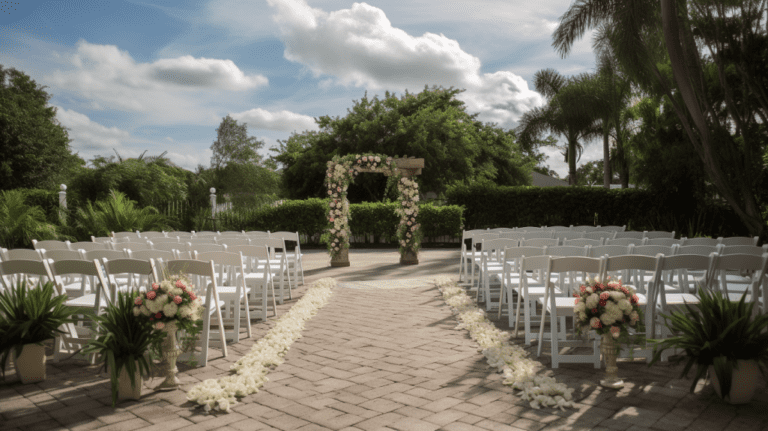Welcome to our comprehensive guide on creating the perfect guest seating chart for your special event. A well-designed seating chart ensures that your guests feel comfortable, engaged, and enjoy a seamless experience. Whether you’re organizing a wedding, gala, conference, or any other event, a thoughtfully planned seating arrangement can significantly enhance the overall ambiance and guest satisfaction. In this guide, we’ll provide you with a step-by-step approach, expert tips, and best practices to help you create an impeccable guest seating chart. For more wedding planning tips check out printiverse here!
1. Understanding the Event Requirements
Before diving into the details, it’s crucial to understand the specific requirements of your event. Consider the type of event, the venue layout, the number of guests, and any special considerations unique to your occasion. By gaining clarity on these aspects, you’ll be able to tailor the seating chart to meet your event’s specific needs.
2. Analyzing the Venue Layout
One of the key factors in creating an effective seating chart is understanding the venue layout. Take into account the available space, room dimensions, and any structural elements that may impact seating arrangements. Familiarize yourself with the floor plan to identify the different seating zones or areas you can utilize. This analysis will help you determine the maximum capacity and optimize the seating arrangement for your guests’ comfort.
3. Categorizing Guest Groups
To ensure a harmonious seating experience, it’s essential to categorize your guest groups effectively. Consider factors such as relationships, interests, and social dynamics when grouping guests. Some common categories include family members, close friends, colleagues, and acquaintances. By grouping guests strategically, you can foster a positive atmosphere and encourage meaningful interactions.
4. Prioritizing Special Needs and Preferences
When creating a guest seating chart, it’s crucial to be mindful of any special needs or preferences your guests may have. Take into account dietary restrictions, accessibility requirements, and any other specific requests. By accommodating these needs, you demonstrate your attention to detail and create a comfortable and inclusive environment for all attendees.
5. Designing the Seating Layout
Now that you have categorized your guests and considered their needs, it’s time to design the seating layout. Begin by sketching the floor plan and experimenting with different seating arrangements. Consider the various seating configurations, such as banquet-style tables, round tables, or a combination of both. Ensure that the layout allows for easy navigation and minimizes congestion while maintaining an aesthetically pleasing arrangement.
Placement of VIPs and Key Guests
When designing the seating chart, it’s essential to strategically position VIPs and key guests. These individuals may include the event hosts, honored guests, or speakers. Place them in prominent locations, such as near the stage or at the head table, to highlight their significance. This placement not only showcases respect but also facilitates seamless coordination and communication.
Balancing the Energy
Achieving the right energy balance within the seating chart is crucial for creating an engaging and enjoyable experience. Consider the dynamics between different guest groups and aim for a harmonious mix of personalities and interests. Avoid placing guests with conflicting dynamics close to each other, as it may lead to discomfort or tension. Strive for a balanced and vibrant seating arrangement that fosters positive connections and interactions.
Optimal Table Sizes and Configurations
Selecting the appropriate table sizes and configurations is vital to ensure guest comfort and convenience. Large tables can accommodate more guests, but they may hinder communication among attendees. Conversely, smaller tables encourage intimate conversations but may limit flexibility. Striking a balance between the two is key. Experiment with different table sizes and configurations to find the optimal arrangement that suits your event’s atmosphere and guest preferences.
Conclusion
Designing the perfect guest seating chart requires careful planning, attention to detail, and consideration of your guests’ needs. By understanding the event requirements, analyzing the venue layout, categorizing guest groups, prioritizing special needs, and designing an effective seating layout, you can create a flawless seating experience for your guests. Remember, a well-thought-out seating arrangement contributes to the overall success of your event, fostering a positive atmosphere and leaving a lasting impression on your attendees.





